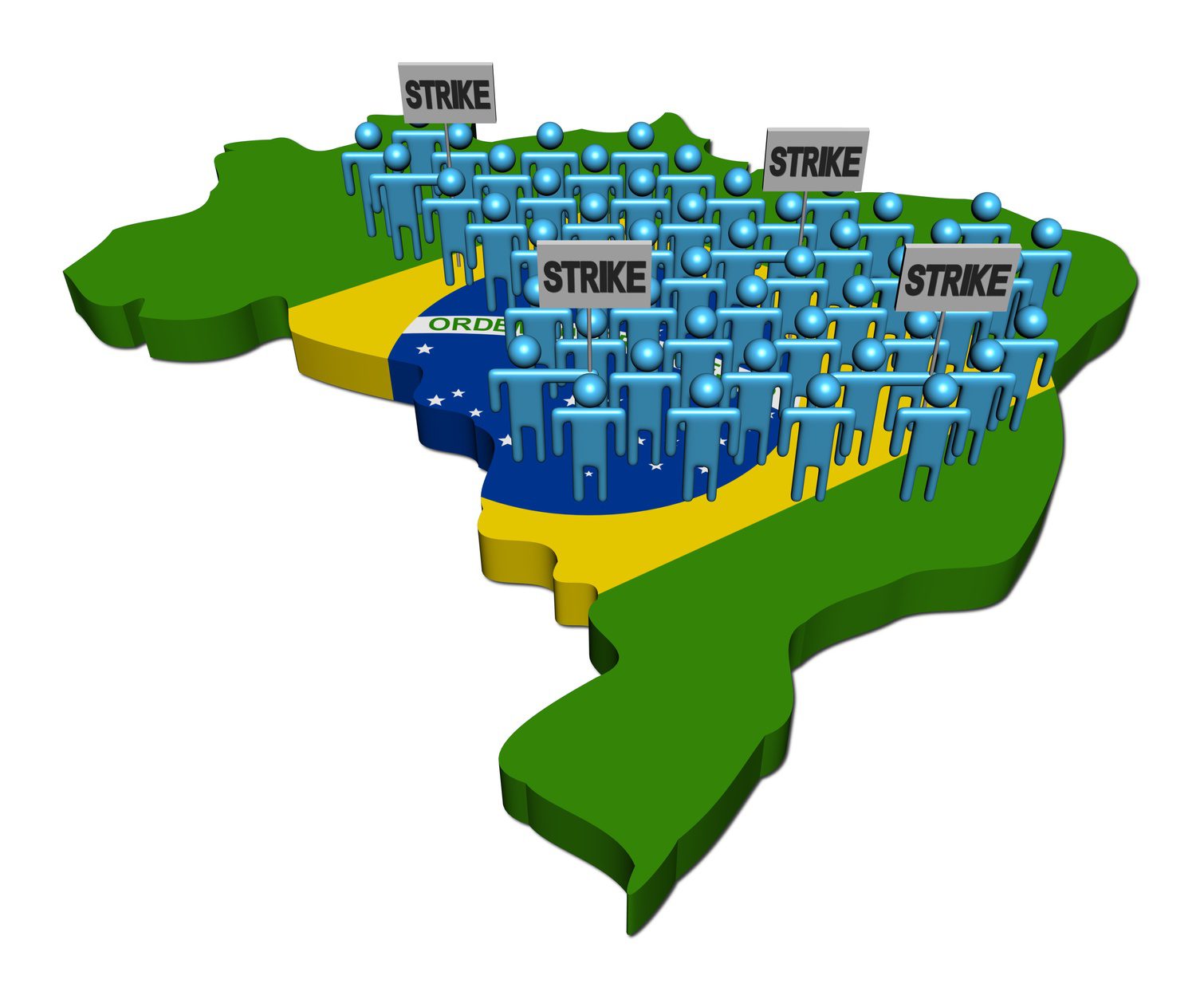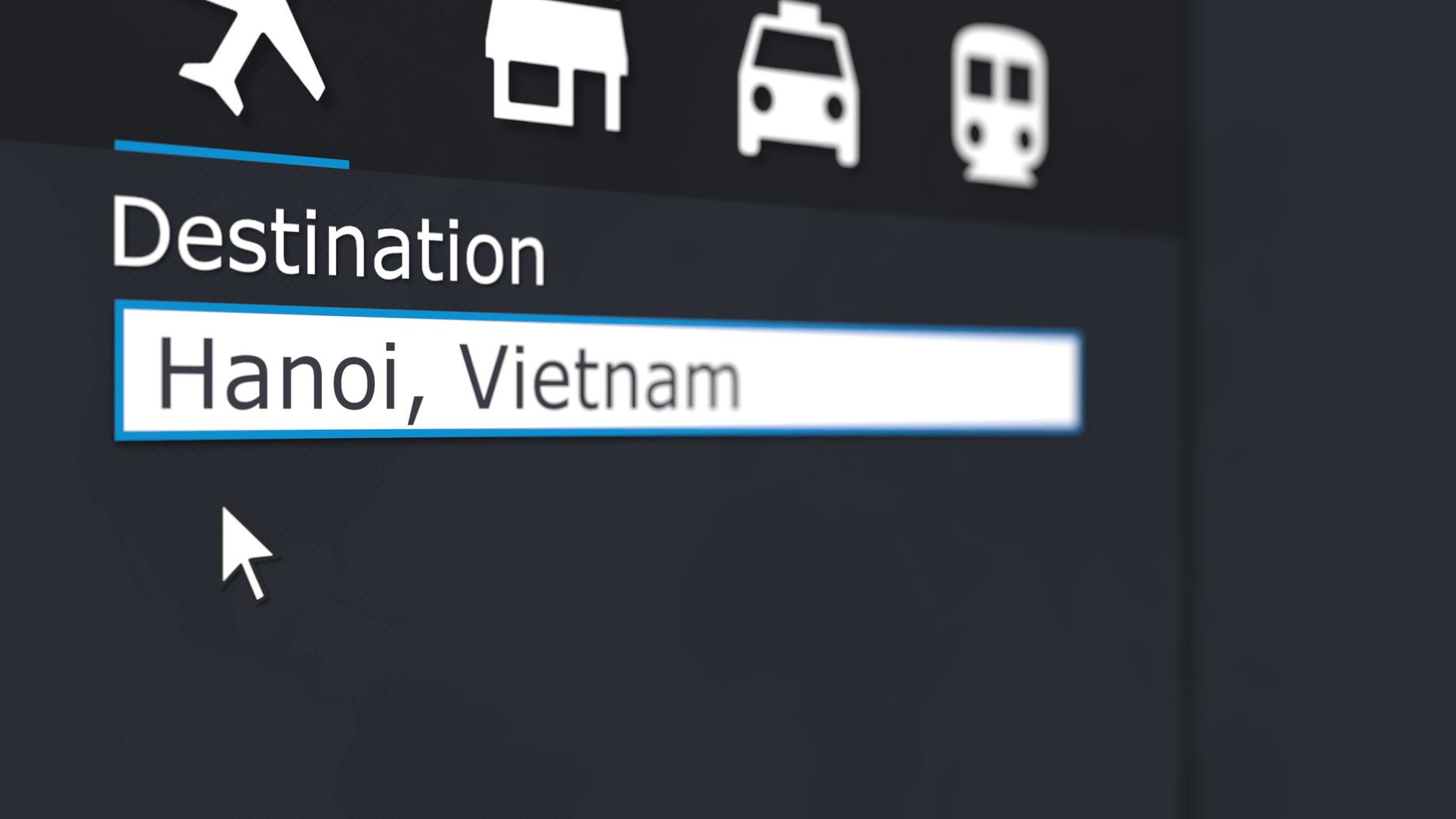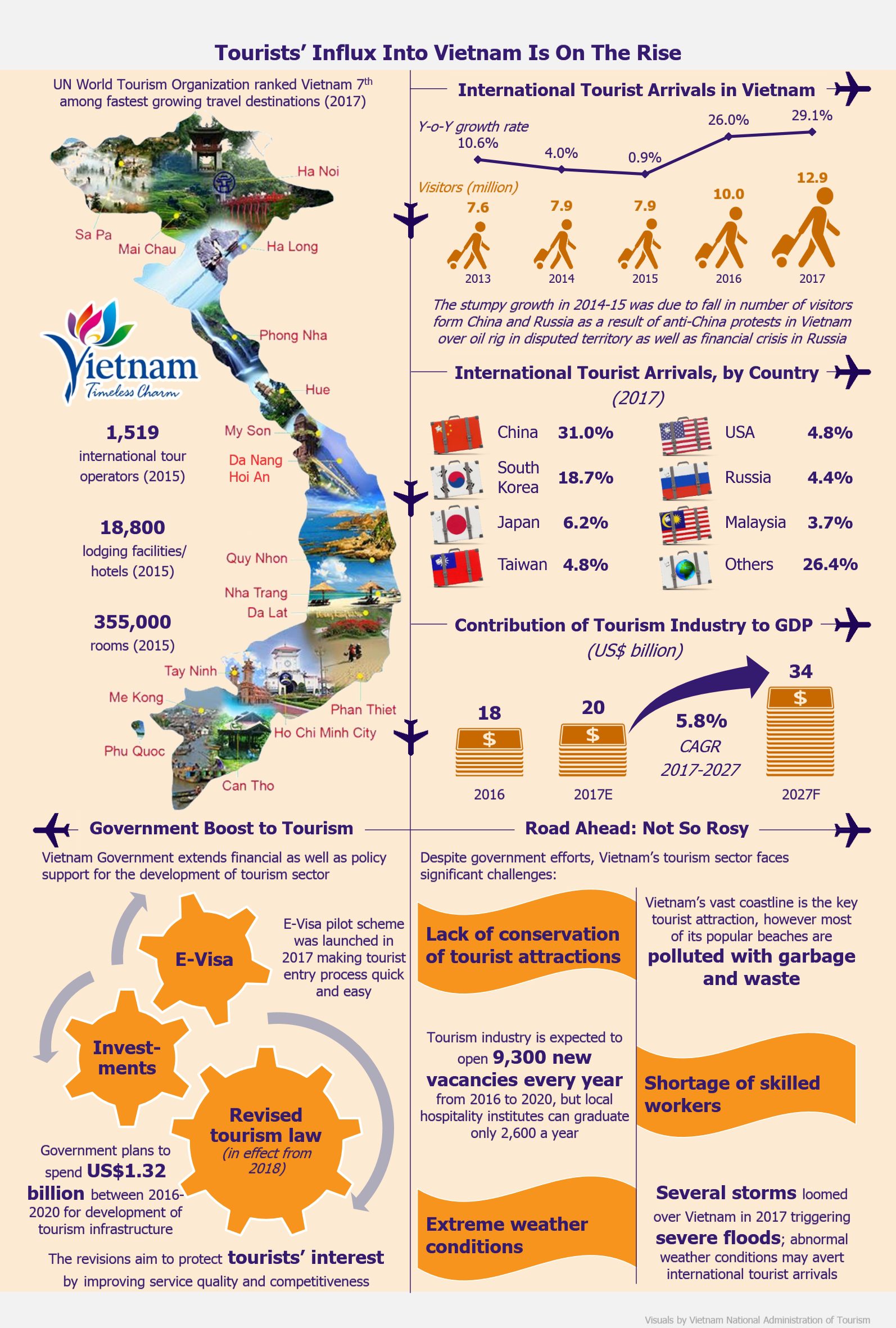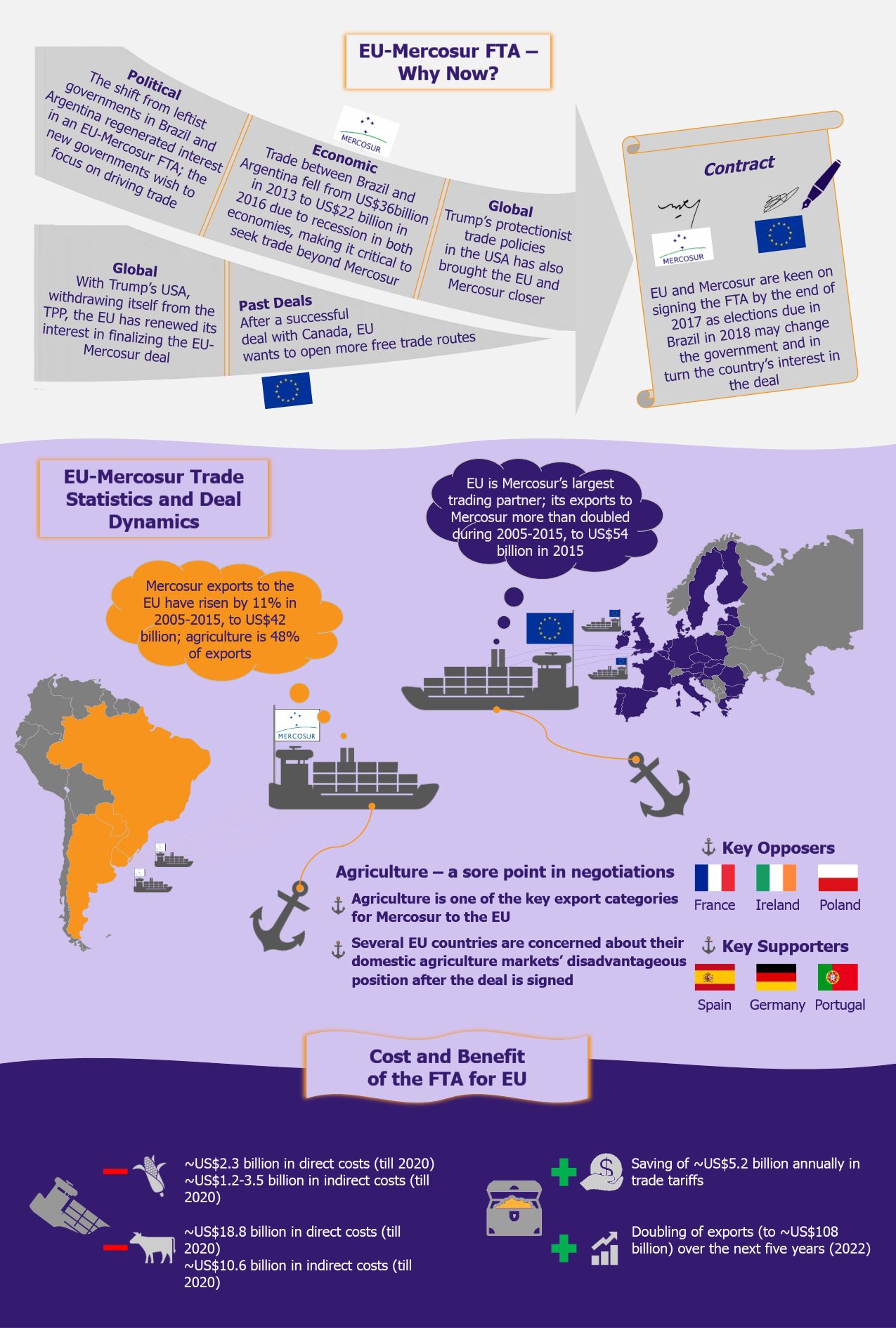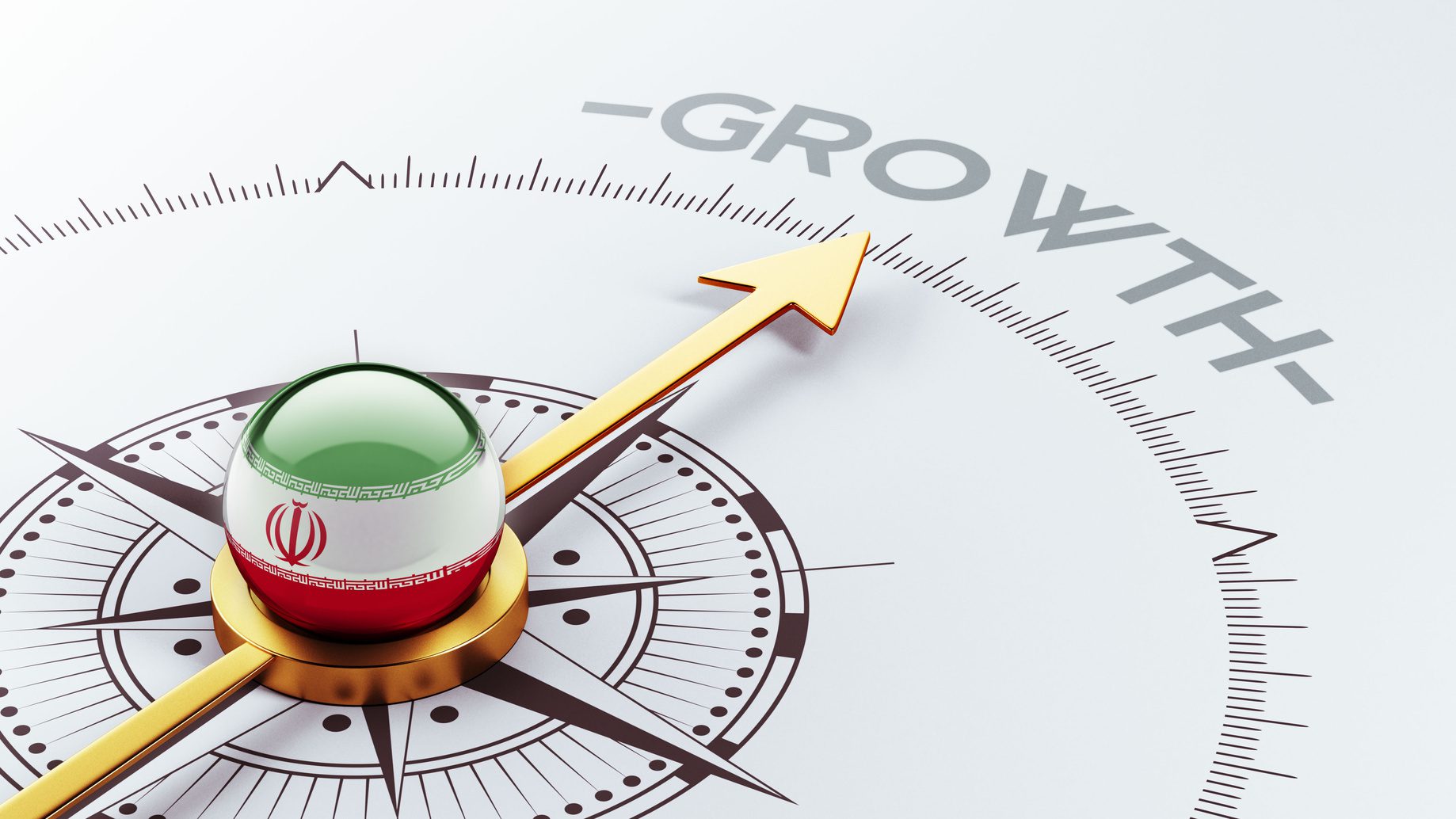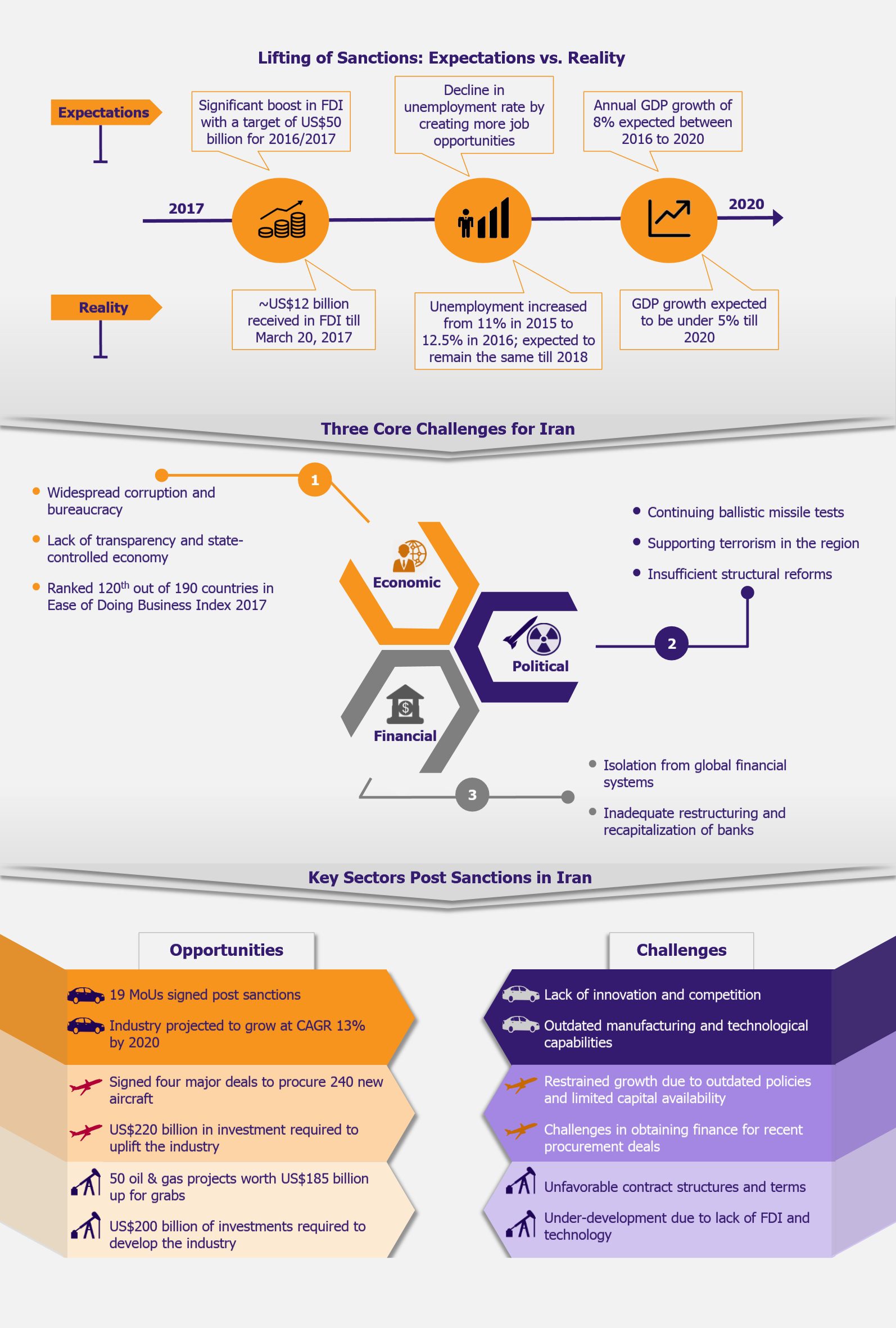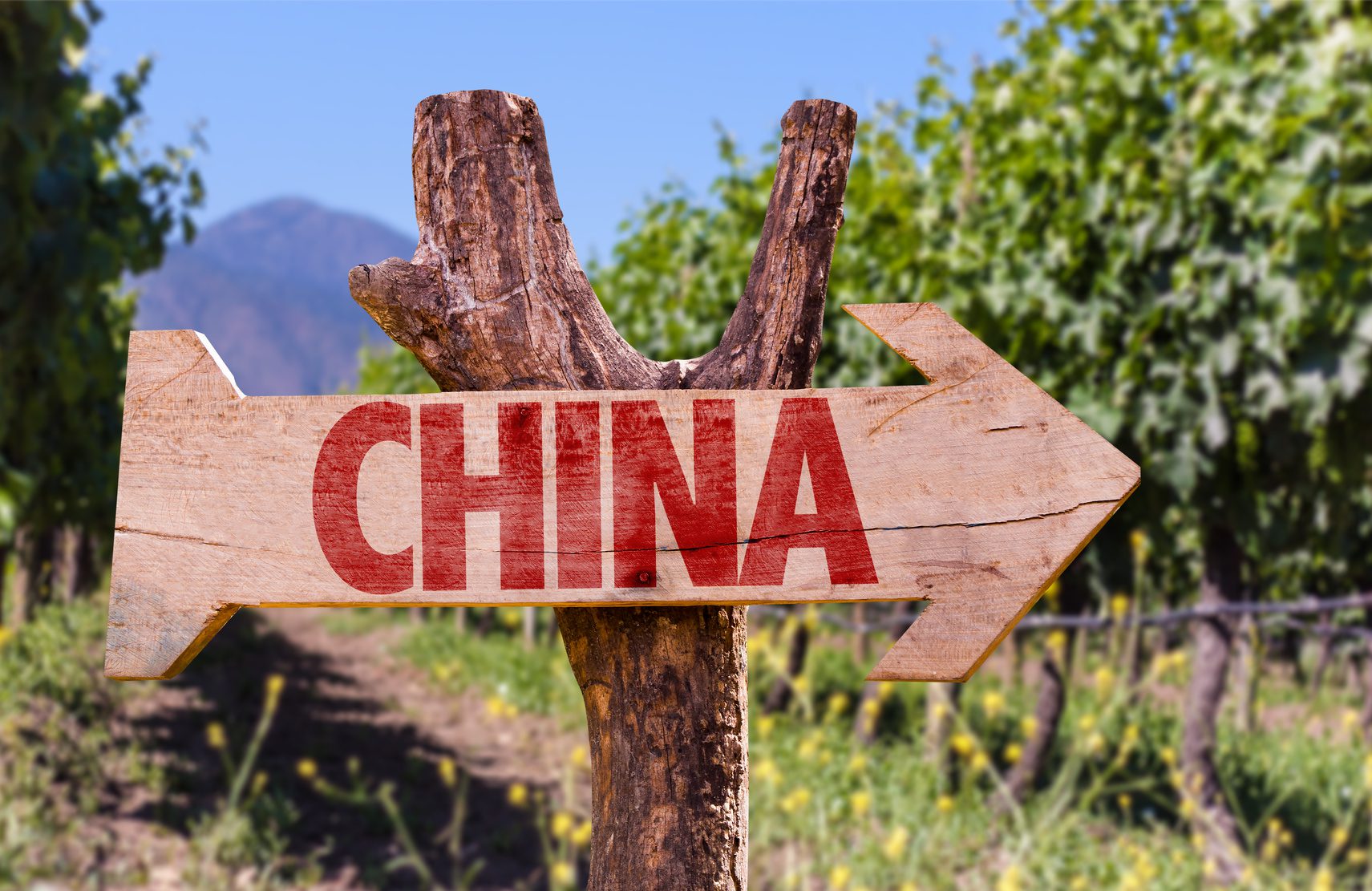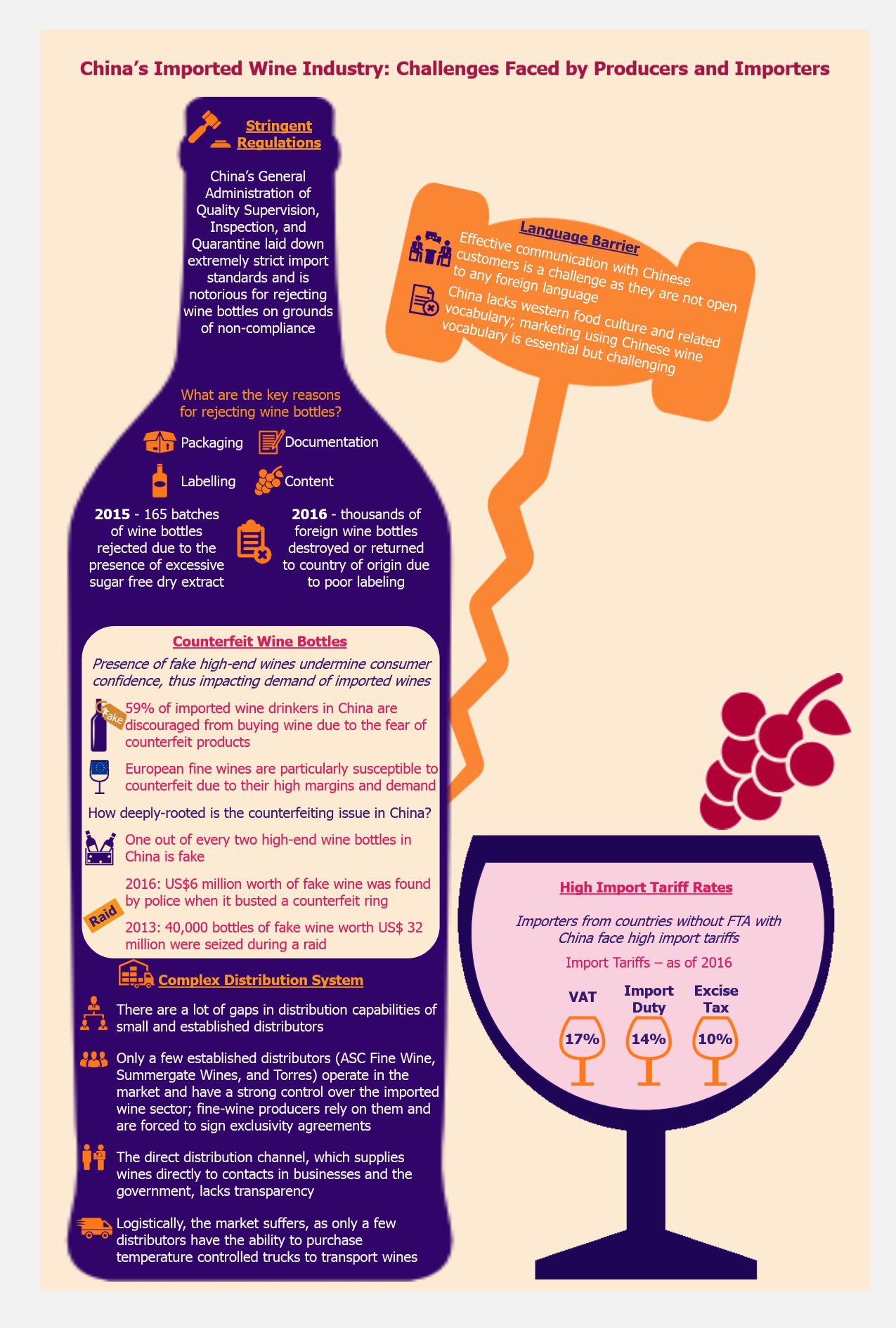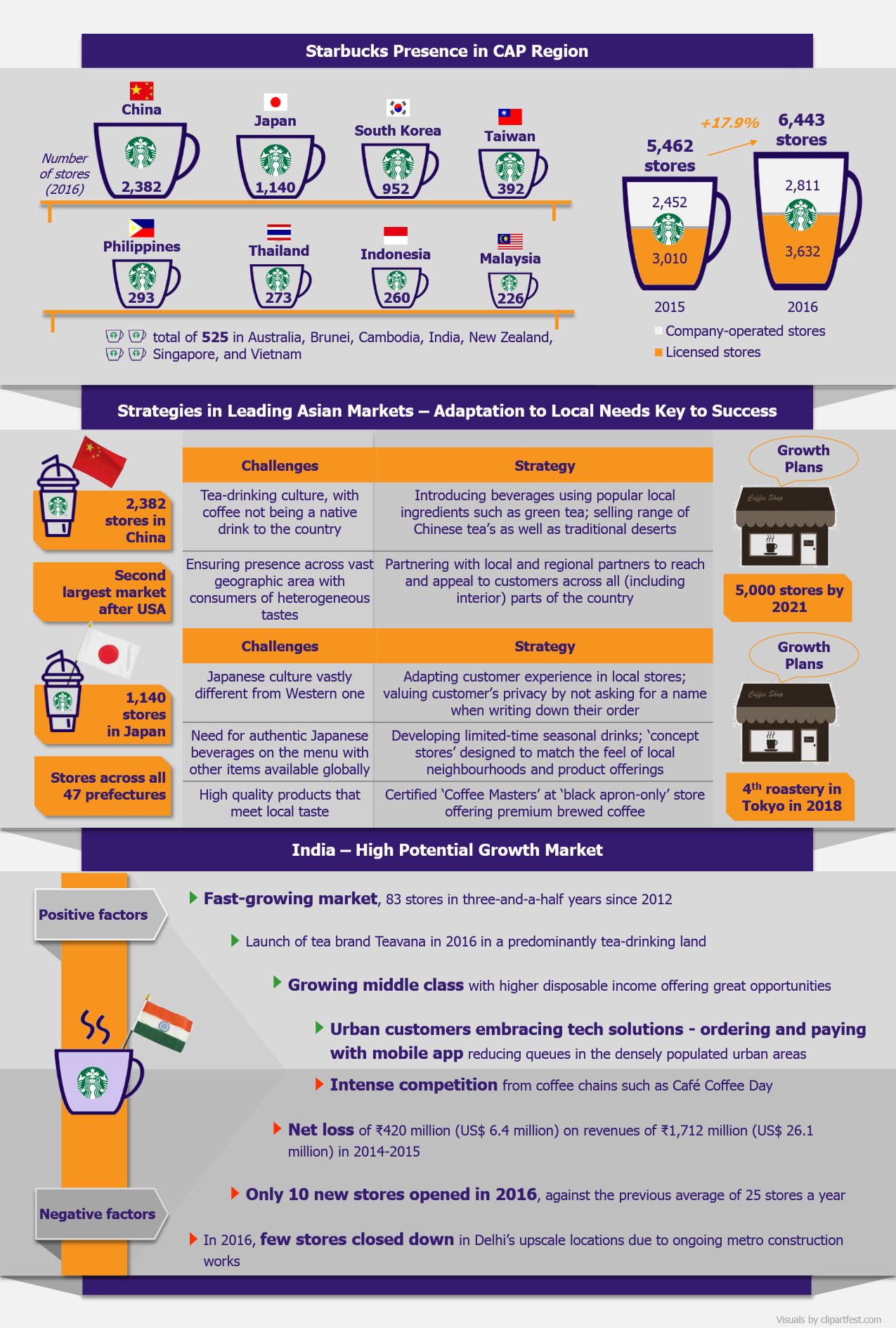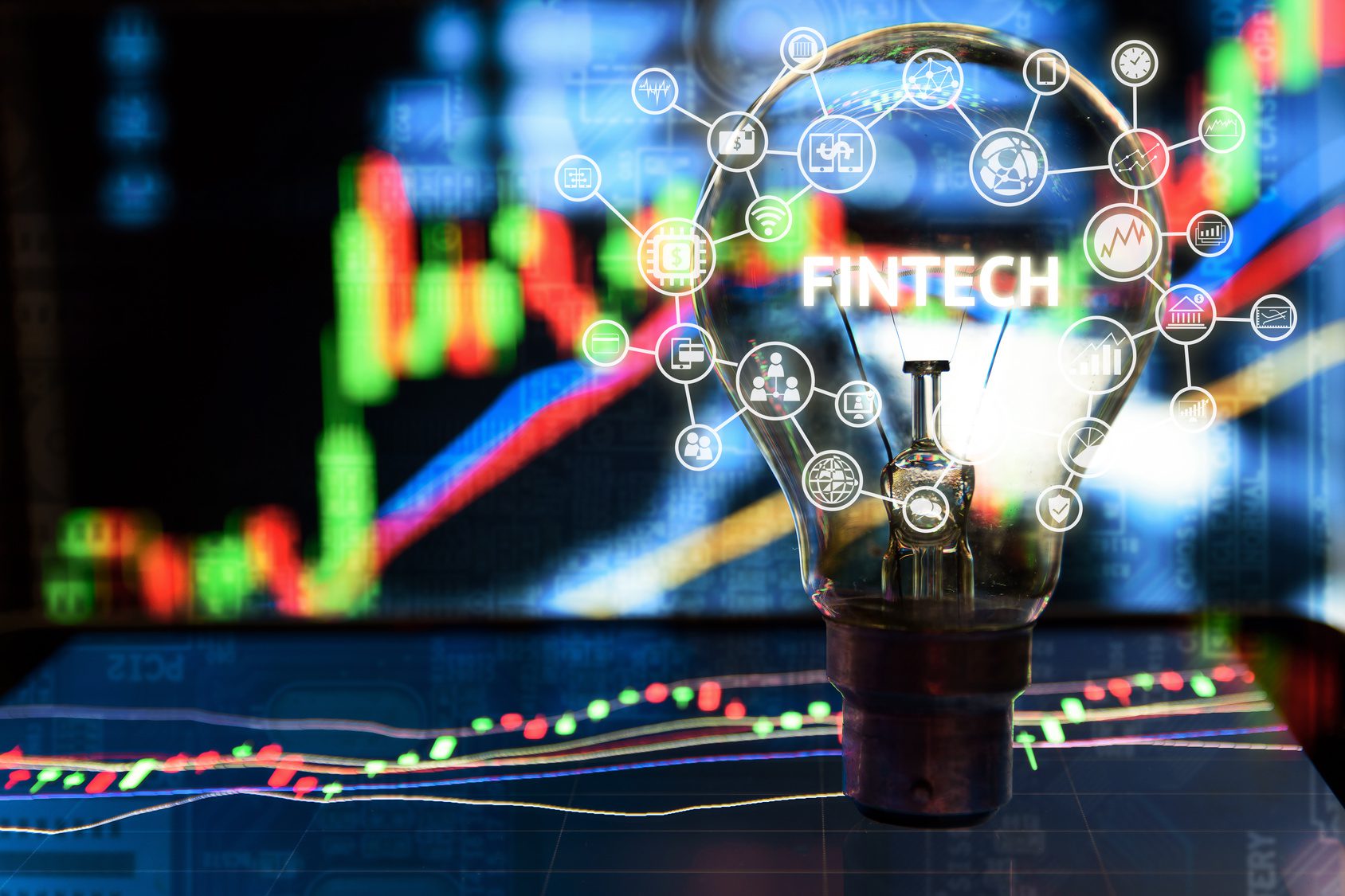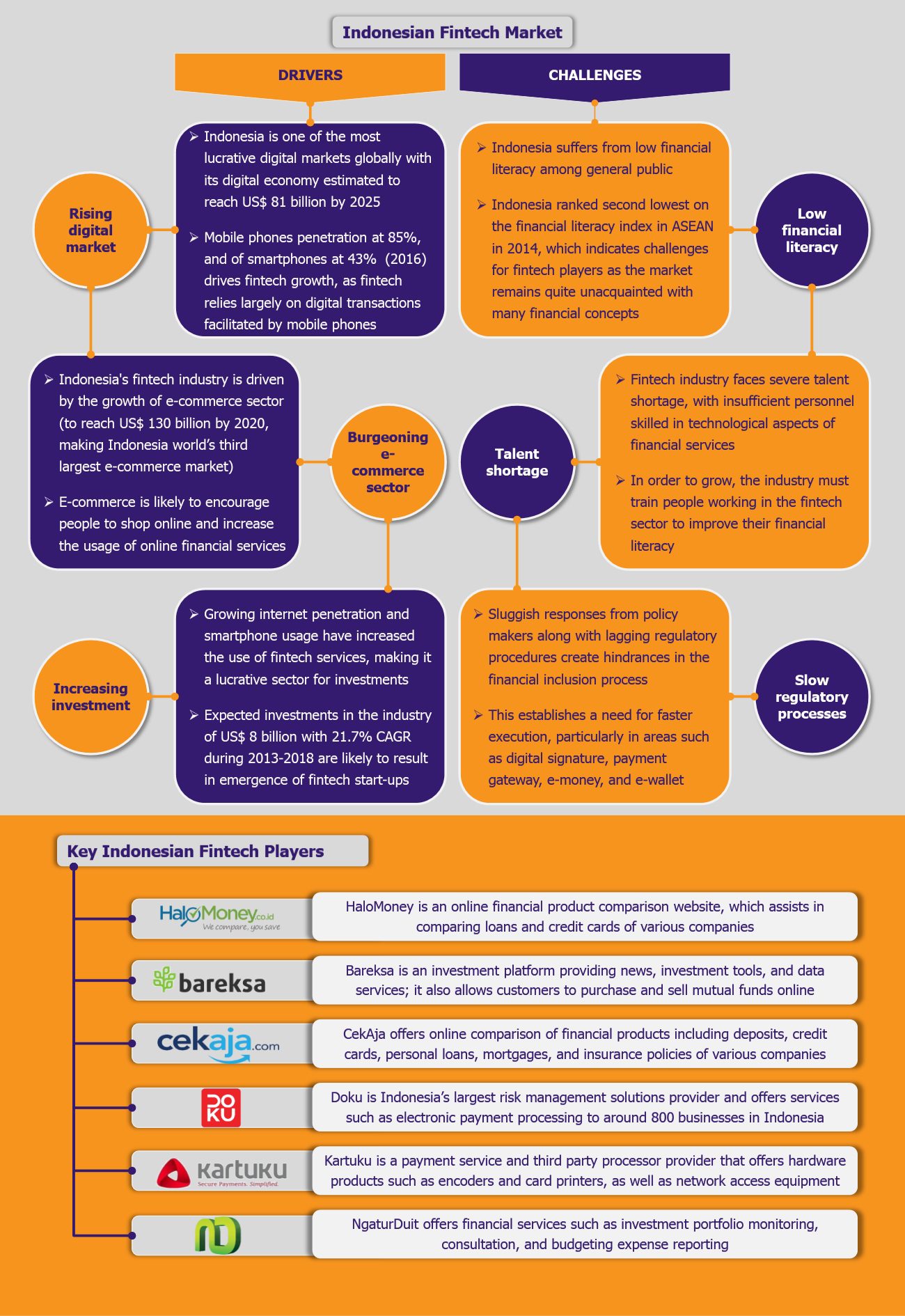In May 2018, Brazil witnessed a nationwide strike conducted by 200,000 truck drivers, which managed to paralyze the entire country for over 10 days and caused major issues such as shortage of food, death of poultry, and unavailability of public transport, among others.
In 2017, Brazil’s Oil and Gas Company, Petrobras, tied its fuel prices to float with international prices. This was following years of being exposed to high prices paid by Petrobras for refined fuel in international markets and the company’s inability to pass on these higher costs onto the customers domestically, due to existing price controls. The decision to float the domestic prices was further sealed by Petrobras’ attempt to seek recovery of profits after the company’s share prices fall due to a corruption scandal.
The floating price mechanism brought an increase in domestic fuel prices, which greatly affected truck drivers whose earnings were gradually slashed, in a scenario where the Real, Brazil’s official currency, weakened by 17% against the US dollar between May 2017 and May 2018. As a result, truck drivers decided to take their demands for a fuel price control policy to the streets, paralyzing many activities and sectors of the Brazilian economy, and exposing some of Brazil’s main weaknesses.
Brazil greatly depends on the truck industry for distribution
The strike caused substantial fuel shortage as oil trucks were not delivering petrol to gas stations, which affected delivery of other goods across the country. Subsequently, disruption in the distribution of food and other products translated into a visible shortage of items on supermarket shelves and a general hysteria that made people over-purchase what was left. The strike also exposed Brazil’s over-dependency on road distribution system for various sectors to operate (instead of using a balanced mix that would include other means of transport, e.g. cargo trains). Most importantly, the strike, in which truck drivers blocked main road arteries within the country’s 19 states, caused great losses, including (but not limited to) US$826.8 million worth of poultry during those 10 days.
After several attempts by the Brazilian government to reach an agreement with truck drivers, both parties settled to pause the strike – initially for 15 days although now for unlimited time, despite truck drivers’ reservations about the government eventually meeting their demands. The potential of the strike being resumed is still looming on the horizon of the Brazilian economy. The persistence of this conflict and the threat of a longer strike could lead to longer interruption of businesses and industrial activities, which is detrimental for a country that is recovering from one of its deepest recessions of 2015-2016.
Consumers’ purchasing power and confidence may decline
Consumers’ purchasing power is expected to slightly decline due to price increase after the temporary food shortage. According to the price index released by the FIPE (Economic Research Institute Foundation) during the strike, general food prices rose by 1.82%, resulting in a 0.62% increase above what was expected when compared to the same period of 2017. Price of half-finished goods (e.g. poultry) rose by 8.43%, while dairy products prices increased by around 5.85%. In some cases, such as with potatoes, the price increase was of 50.3%. Further, a spread hysteria among consumers led to over-purchasing of products, even at a higher value, meaning Brazilians’ disposable income was reduced for the month of May.
Inflation in May reached an unexpected 3.22%, an atypical increment for a month with usually low inflation rate. In a country overcoming a two-year deep economic recession, uncertainty about food availability and low disposable income have affected consumers’ confidence, which has fallen 4 percentage points in June, potentially translating into reduction of expenditures and hindering Brazil’s economic growth.
Investors’ trust may also fall
The 2015-2016 recession weakened local demand, however, Brazil managed to register a trade surplus and a low account deficit due to positive exports volumes and foreign direct investments (FDI) entering the country. Since the government and the truck drivers are still in talks to reach an agreement, the threat of another strike of similar nature is real. Experts agree that investors may become wary and cease to invest further, if political unrest and economic instability were to continue in the country. As a result, Brazil may not be capable of improving, or even maintaining, its low deficit in the account balance. In 2017, investments reached US$70.3 billion and, before the strike happened, experts believed FDI would register US$80 billion in 2018.
Brazilian president, Michel Temer, offered Petrobras US$274 million as compensation for losses it would incur by cutting oil prices. Though this may offer a 60-day solution to the worried truck drivers, it is only a short-term compensation which Brazil does not plan on extending forever.
EOS Perspective
It should come as no surprise that the strike was conducted only a few months away from Brazil’s presidential elections. Analysts believe it to be a strategy to weaken the image of president Temer, and shed some positive light on the Worker’s Party, of which Lula Ignacio Da Silva, former Brazilian president, is a current member. Despite Lula’s conviction in January 2018 for corruption, its party requested Brazil’s Supreme Court to grant a “suspensive effect” to the conviction, which would eventually allow him to run in the next presidential elections.
Regardless of who will be elected president, the strike has certainly stirred the economic and political scene, and has uncovered several of Brazil’s vulnerabilities.




